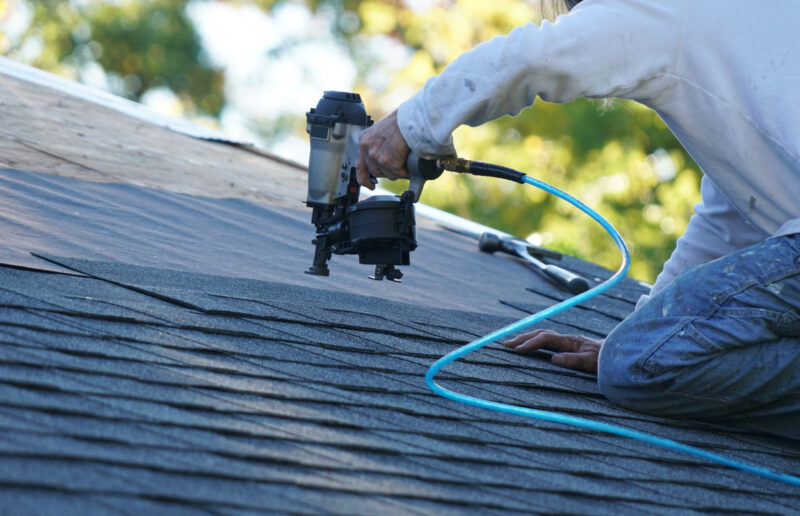When it comes to home maintenance, one aspect that should never be overlooked is the condition of your roof. Your roof plays a vital role in protecting your home from the elements and ensuring the safety and longevity of your property. Seasoned roof repair contractors in Northampton understand the unique challenges that roofs face, as they battle unpredictable weather conditions such as rain, snow, and storms.”
Keeping a sturdy and reliable roof is crucial for the longevity and safety of any home. Seasoned roof repair Northampton contractors understand the unique challenges roofs face.
Roofs face a tough battle against unpredictable weather, including rain, snow, and storms. These weather conditions can seriously damage roofs, causing problems like water leaks and the slow breakdown of roofing materials.
Even minor issues with your roof today can become much bigger if you ignore them. If you delay fixing a little problem, it can cost much more when it becomes more extensive and complicated.
This guide highlights why taking care of your roof and fixing problems promptly and regularly is essential.
Signs of Roof Damage
Recognizing the signs of roof damage early on is key to preventing more extensive issues. Here’s a helpful guide to identifying potential problems:
1. Missing or Damaged tiles
Your roof tiles are the first line of defense. Any compromise in their integrity can lead to water infiltration and further damage.
Visual Cue: Stroll around your property and look for cracked, curled, or missing tiles.
2. Water Stains on Ceilings
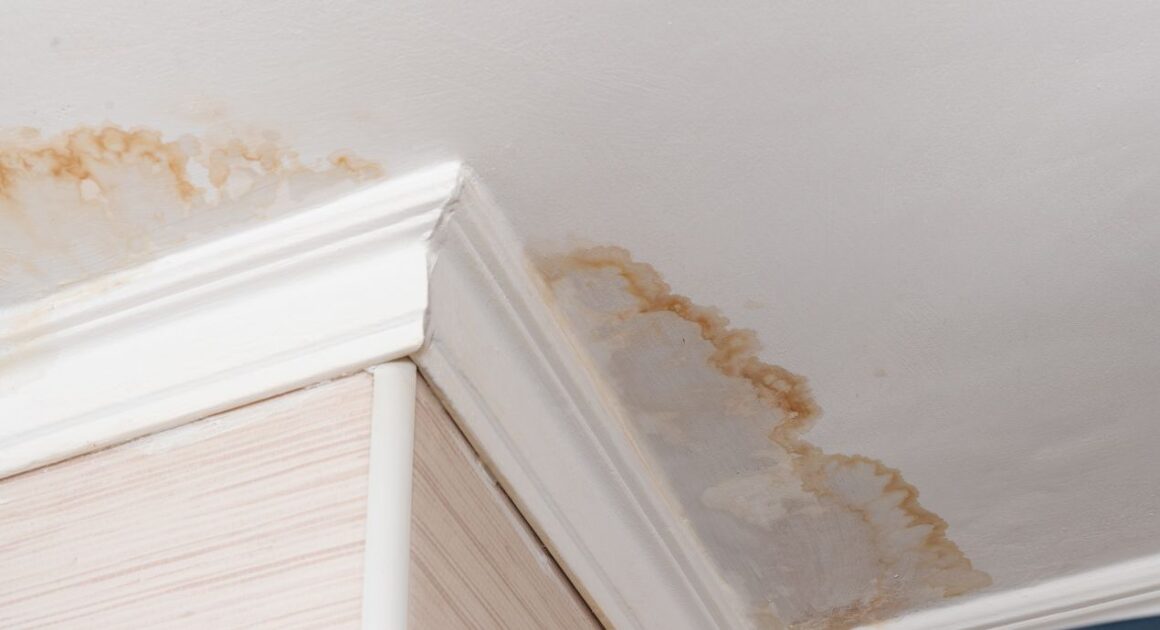
Stains indicate potential leaks. Addressing them can prevent more extensive water damage to your home’s interior.
Visual Cue: Check your ceilings for discolored patches or water stains.
3. Sagging Areas
Sagging can indicate structural issues related to water damage or compromised support structures.
Visual Cue: From inside your home, check for any areas where the ceiling appears to sag.
4. Clogged Gutters
Clogged gutters can cause water overflow, damaging both the roof and the foundation of your home.
Visual Cue: Regularly inspect your gutters for an accumulation of leaves, debris, or granules from tiles.
5. Interior Leaks during Rain
Interior leaks suggest a compromised roof.
Visual Cue: Pay attention to any leaks or water drips inside your home during rainfall.
6. Moss or Algae Growth
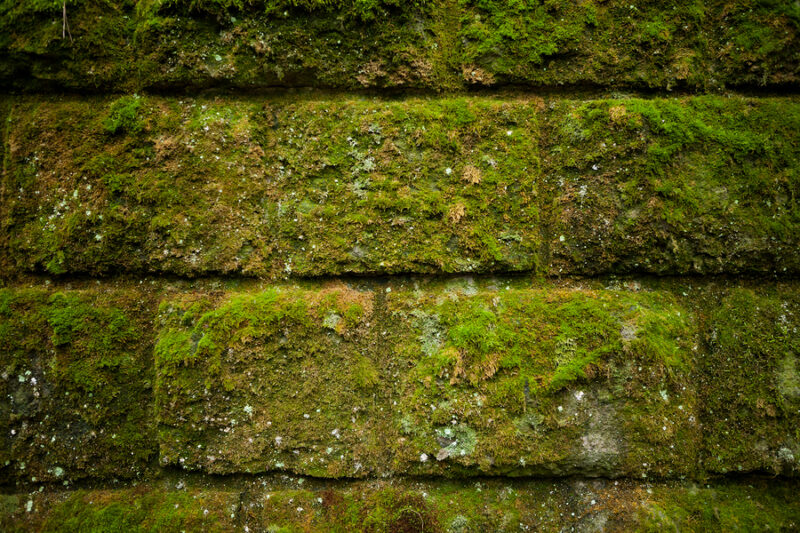
While it may seem harmless, these growths can deteriorate roofing materials over time, leading to damage.
Visual Cue: Monitor your roof for growth in moss, algae, or fungi.
7. Granule Loss from Tiles
Granules protect tiles from the sun’s UV rays. Loss of granules can accelerate wear and tear.
Visual Cue: Check for granules in your gutters or around your property, which may indicate tile wear.
8. Daylight through the Roof Boards
Gaps allowing daylight suggest potential openings for water and pests, compromising the roof’s integrity.
Visual Cue: Check for areas where sunlight penetrates through the roof boards in your attic.
If you notice any of these signs or have concerns about your roof’s condition, don’t hesitate to contact a professional roof contractor for a thorough inspection and expert guidance.
Roof Inspection Tips
Regular inspection can help you catch potential issues before they become major headaches. Here are some simple yet effective tips for conducting a basic roof inspection:
1. Safety First
Before climbing onto your roof, prioritize safety. Use a sturdy ladder, wear appropriate footwear, and ensure someone knows you’re conducting an inspection.
2. Examine the Tiles
Check for any missing, cracked, or curling tiles. These can leave your roof vulnerable to water damage. If you spot issues, consider replacing damaged tiles promptly.
3. Inspect Flashing
Flashing around chimneys, vents, and skylights helps prevent water penetration. Ensure it’s securely in place and free from damage.
4. Gutter Check
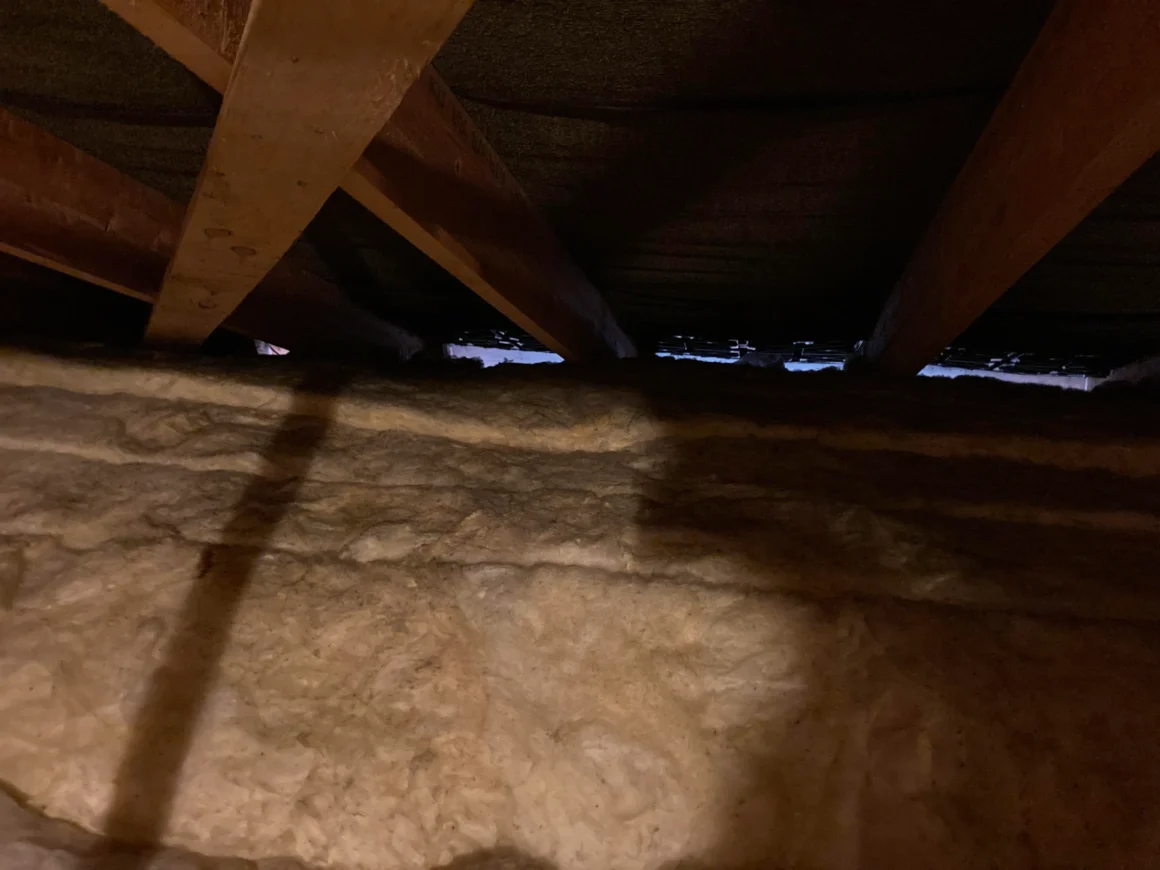
Clean out your gutters regularly, removing debris that can lead to clogs and water overflow. Pay attention to any granules from shingles, as excessive loss may indicate wear.
5. Look for Moss and Algae
Moss and algae growth can lead to deterioration. Use a stiff brush to remove any growth, and consider applying a moss inhibitor if needed.
6. Check for Daylight in the Attic
During daylight hours, go into your attic and look for areas where sunlight is visible through the roof. This could indicate gaps or damage.
7. Inspect Interior Spaces
Check ceilings and walls for water stains, mold, or mildew. These could be signs of leaks or moisture issues.
8. Examine the Chimney
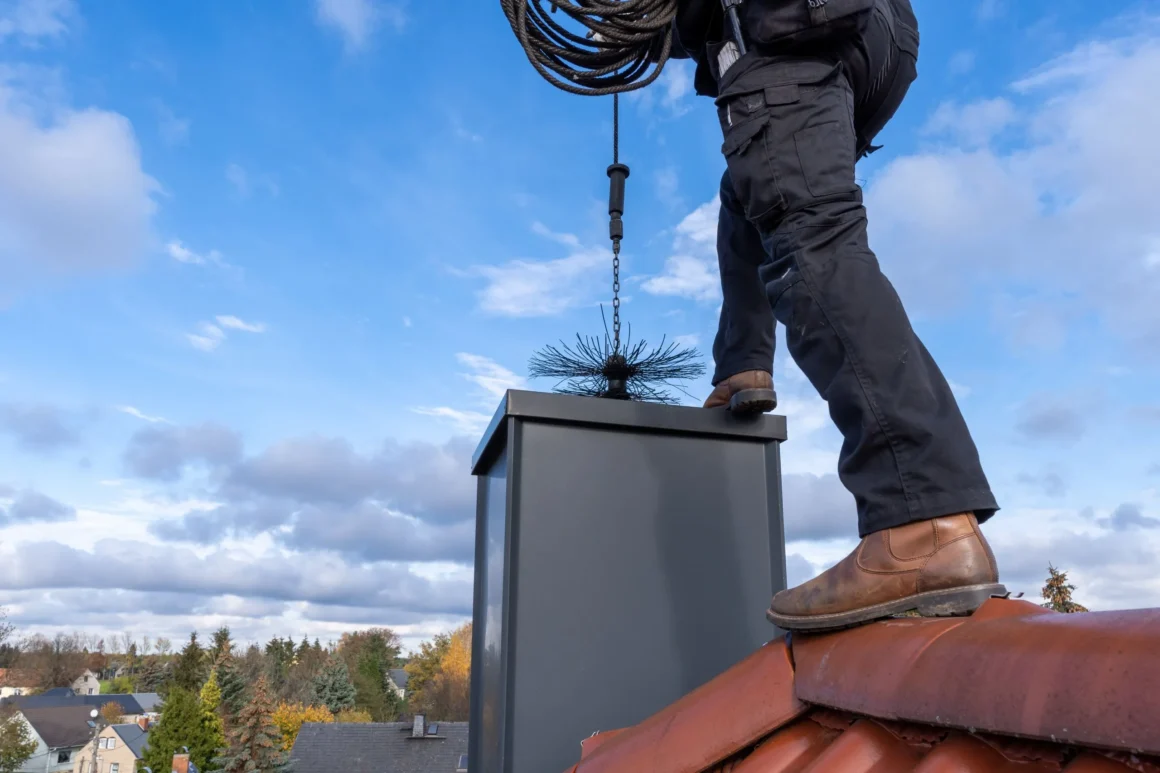
Inspect the area around your chimney for signs of damage or missing mortar.
9. Assess Ventilation
Adequate ventilation is crucial for the health of your roof. Check vents for any blockages or damage, and ensure proper airflow in your attic.
10. Document Your Findings
Keep a record of your inspection findings. Note any areas of concern and track changes over time. This documentation can be valuable when consulting with a professional.
11. Consider Binoculars
If climbing onto the roof isn’t feasible, use binoculars to get a closer look at potential issues from the ground. Focus on areas around chimneys, vents, and valleys.
While an inspection can help you catch visible issues, some problems may remain hidden from an untrained eye. Consult a professional roof contractor if you’re unsure about your findings or suspect more significant issues.
Roof Repair Materials and Tools
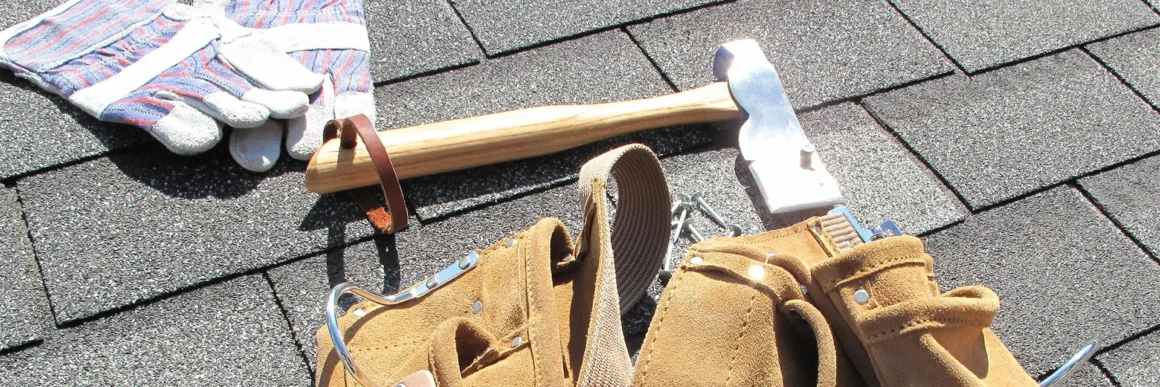
Here’s a handy guide to the materials and tools commonly used in roof repairs, helping you confidently navigate the terrain:
Materials:
- Tiles – The most common roofing material in various styles and colors.
- Roofing Sealant – They provide a waterproof barrier.
- Flashing – Metal strips or sheets redirect water away from critical areas.
- Underlayment – A waterproof barrier installed beneath tiles to protect against moisture.
- Plywood or Decking Boards – The roof deck’s structural support.
- Ventilation Materials – Include ridge vents, soffit vents, and turbines for proper airflow.
- Roofing Nails – Specially designed nails for roofing applications.
Tools:
- Roofing Hammer – A specialized hammer with a flat head and a claw for removing or installing roofing materials.
- Roofing Nailer – A powered tool that rapidly drives roofing nails.
- Roofing Knife – A utility knife with a hooked blade for cutting tiles.
- Caulk Gun – For applying sealants and adhesives in a controlled manner.
- Pry Bar – For lifting and removing damaged tiles or flashing.
- Safety Gear – Includes a sturdy ladder, non-slip footwear, and a safety harness.
Arming yourself with suitable materials and tools is half the battle for roof repairs. While DIY repairs can be satisfying, remember that safety is paramount, and if in doubt, consult a professional roof installation contractor.
Common Roof Repairs
Roofs require attention and occasional repairs to withstand the elements. Different types of damage demand specific solutions, whether it’s minor leaks or significant structural concerns.
When considering roof repairs, it’s crucial to understand the different types of damage that can occur and the best methods for addressing them. From minor leaks to significant structural issues, each problem requires a tailored approach to ensure long-lasting results. For those looking to delve deeper into effective repair strategies and solutions, you can view it now to explore comprehensive insights and expert advice. This resource provides valuable information on identifying common roofing problems and offers guidance on selecting the right materials and techniques for your specific needs, ensuring your roof remains in optimal condition for years to come.
Let’s explore some of the most common roof repairs and how to handle them effectively:
1. Leaks
Leaks can occur for various reasons, from damaged tiles, and flashing issues, to deteriorated sealant.
Solution: Identify the leak source and repair damaged areas. Replace missing or damaged tiles, reapply sealant, and ensure the flashing is intact.
2. Damaged Tiles
Roof tiles can break due to extreme weather conditions or age.
Solution: Replace broken tiles promptly to prevent water infiltration. Ensure the replacement tiles match the existing ones in material and style.
3. Flashing Problems
Damaged or improperly installed flashing around chimneys, skylights, and vents can lead to leaks.
Solution: Replace damaged flashing and ensure a watertight seal. Properly secure flashing with roofing nails and apply sealant for added protection.
4. Gutter Issues
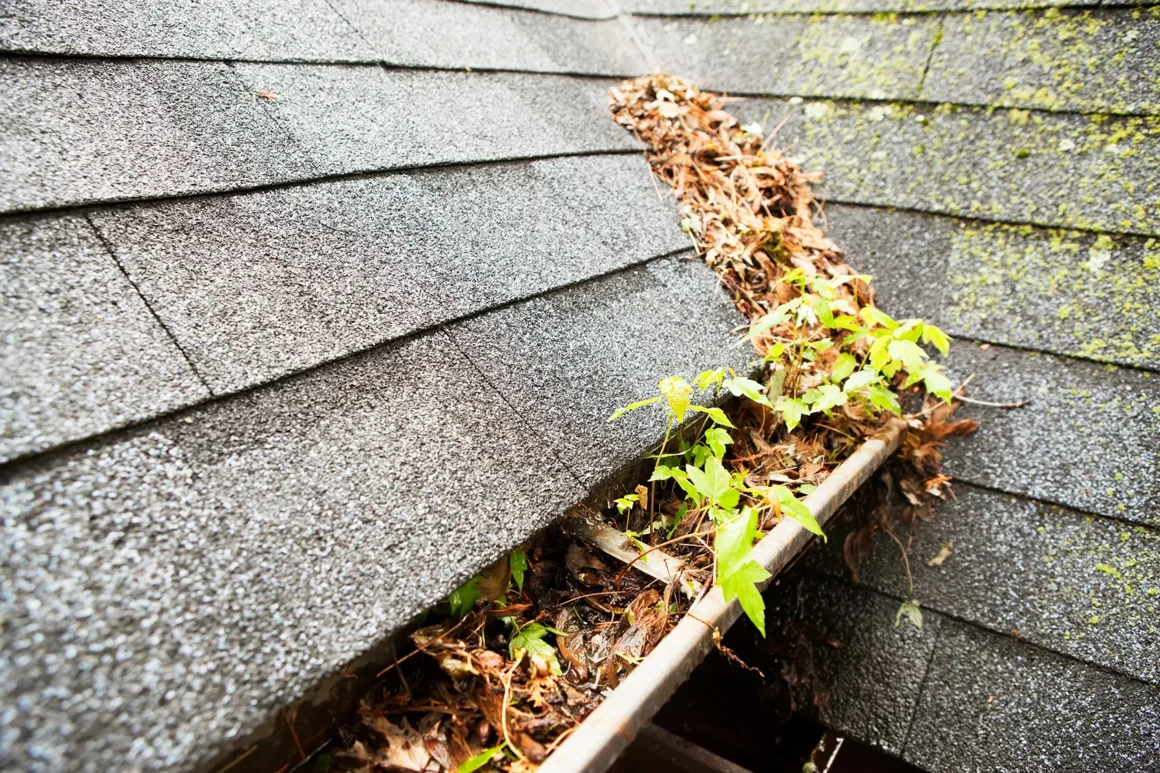
Clogged or damaged gutters can lead to water overflow and potential damage to the roof and foundation.
Solution: Regularly clean gutters to remove debris. Repair or replace damaged sections and ensure proper drainage away from the house.
5. Sagging Roof
Sagging areas may indicate structural issues, water damage, or insufficient support.
Solution: Consult with a professional to assess the underlying cause. Address structural issues promptly to prevent further damage.
6. Moss and Algae Growth
Moss and algae can compromise the integrity of roofing materials.
Solution: Remove moss and algae using a stiff brush. Consider applying a moss inhibitor to prevent regrowth.
7. Punctures and Holes
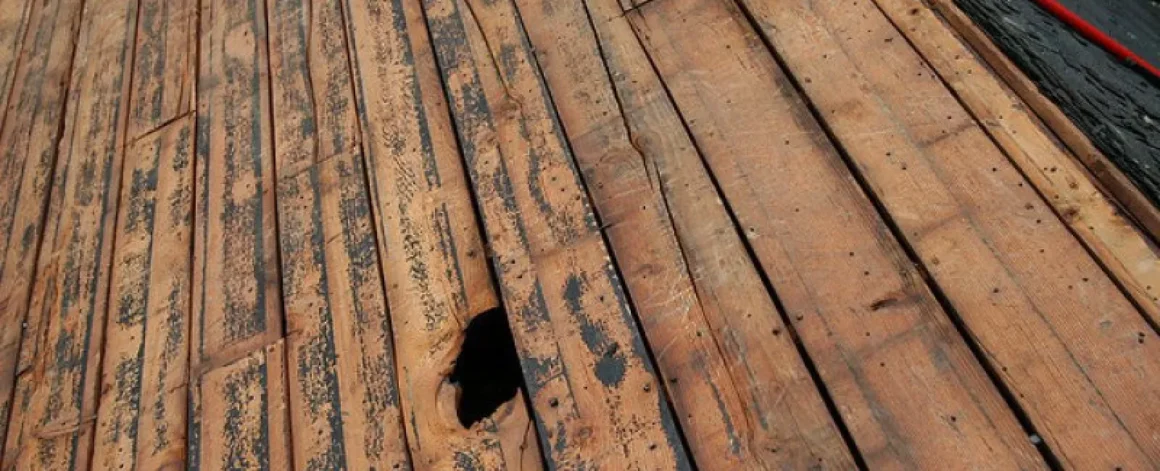
Roof damage can occur due to falling branches, hail, or other impact.
Solution: Patch small punctures with roofing sealant or use patches for larger holes. For extensive damage, consult with a professional for a comprehensive repair plan.
8. Ventilation Problems
Inadequate ventilation can lead to moisture buildup and heat retention.
Solution: Install or repair vents, ensuring proper airflow. This helps regulate temperature and prevents issues like rot and mold.
When to Seek Professional Help
Specific indications call for the expertise of a roofing professional, particularly for structural issues that may not be apparent to the untrained eye.
Here’s a guide to help you recognize when it’s time to seek the expertise of a seasoned roof contractor:
1. Structural Issues
Signs: Sagging rooflines, noticeable dips, or a shifting roof structure
Why: Structural problems require a thorough assessment by professionals who can identify the root cause and implement a comprehensive solution.
2. Extensive Leaks
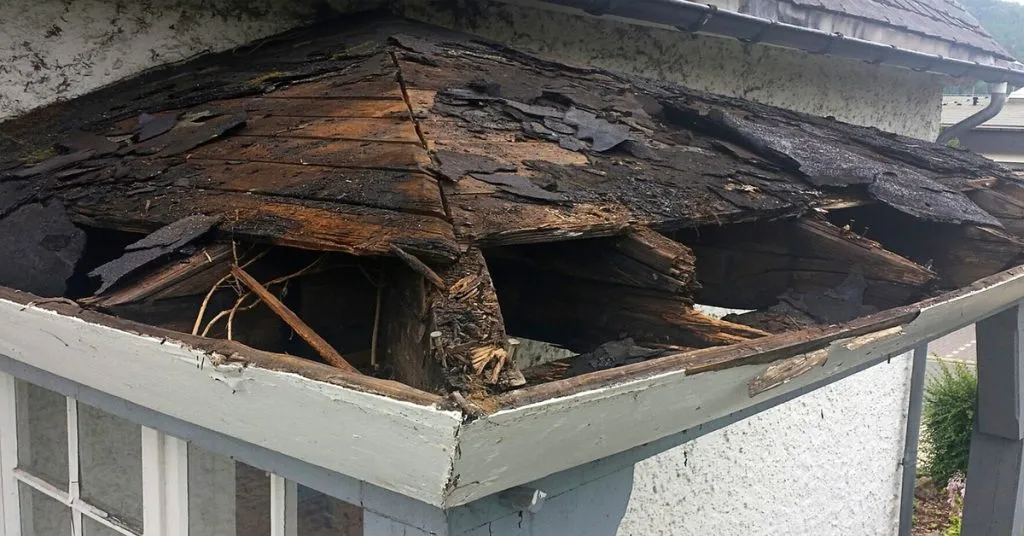
Signs: Large or persistent leaks that DIY repairs can’t seem to contain
Why: Professionals can conduct a detailed inspection to trace and address the source of extensive leaks, preventing further water damage.
3. Multiple Damaged Tiles
Signs: A widespread issue with numerous damaged or missing shingles or tiles
Why: Assessing and replacing many roofing elements requires professionals’ expertise to ensure uniform and effective repair.
4. Chimney or Skylight Leaks
Signs: Water entering around chimneys or skylights, especially after heavy rain
Why: Properly sealing and flashing around chimneys and skylights is a specialised task best handled by professionals to prevent recurrent leaks.
5. Roof Aging or Wear
Signs: An ageing roof with widespread wear and tear, especially if it’s nearing the end of its lifespan.
Why: Professionals can assess the overall condition of an ageing roof, guiding whether repairs or a complete replacement is the best course of action.
6. Safety Concerns

Signs: Steep or complex roof designs, high structures, or safety hazards
Why: Roofing professionals have the necessary safety gear and experience to handle challenging roofing scenarios.
7. DIY Repairs Not Effective
Signs: Attempted DIY repairs that haven’t resolved the issue
Why: If your initial efforts haven’t been successful, it’s time to bring in professionals who can conduct a thorough assessment and implement the right solutions
8. Insurance Claims
Signs: Damage resulting from severe weather events covered by insurance
Why: Professionals can assist in documenting and assessing the damage for insurance claims, ensuring a smoother process.
Hiring a Roofing Contractor
Choosing the right roofing contractor is akin to finding the perfect co-pilot for your home’s protection journey. Here’s a guide to help you hire a roofing contractor that fits your needs:
1. Local Reputation
A contractor with a solid local reputation is like finding gold. Check reviews, ask neighbors, and seek recommendations to gauge the contractor’s reliability.
2. Credentials and Insurance
Ensure your contractor holds the necessary licenses and insurance. This protects you from liability and guarantees a level of professionalism.
3. Experience
A contractor familiar with Northampton’s unique roofing challenges is a valuable asset. They understand local weather patterns and the specific demands placed on roofs in the area.
4. Transparent Quoting
A transparent and detailed quote saves you from unpleasant surprises down the road. Ensure it includes material costs, labor, and any potential additional charges.
5. Warranty Offerings
A robust warranty reflects contractors’ confidence in their work. Discuss and understand the warranty terms offered for materials and labor.
6. Communication Skills

Clear communication is the bedrock of a successful project. A contractor who listens to your concerns provides updates, and explains the process is a valuable partner.
7. Quality of Materials
The longevity of your roof depends on the quality of the materials. Ensure your contractor uses reputable and durable products suitable for Northampton’s weather conditions.
8. Safety Practices
Safety should be non-negotiable. Inquire about the contractor’s safety practices and equipment to ensure the well-being of both workers and your property.
9. References and Portfolios
Why it Matters: Request references and portfolios of past projects. This allows you to assess the contractor’s craftsmanship and gain insights into the various roofs they’ve worked on.
10. Local Knowledge
A contractor familiar with local building codes and regulations streamlines the process, ensuring your project complies with Northampton’s requirements.
11. Clear Contract Terms

A clear and concise contract protects both parties. Ensure all aspects of the project, from timelines to payment schedules, are detailed in writing.
12. Trust Your Instincts
If something feels off, it probably is. Trust your instincts when interacting with contractors, and choose one with whom you feel comfortable and confident.
Choosing a roofing contractor is a significant decision impacting the longevity and integrity of your home. Take the time to research, ask questions, and select a contractor who not only meets industry standards but aligns with your expectations.
Importance of Regular Roof Maintenance
Imagine your roof quietly protecting you from the elements, come rain or shine. Here’s a breakdown of why consistent upkeep is a necessity:
1. Prolongs Roof Lifespan
Your roof has a finite lifespan. Regular maintenance extends this lifespan, delaying the need for a costly replacement.
2. Prevents Small Issues from Escalating
Minor issues are the seeds of significant problems. Regular inspections catch these issues early, preventing them from becoming major headaches.
3. Saves You Money in the Long Run

Small, timely repairs are budget-friendly. Neglecting maintenance can lead to larger, costlier repairs or a complete roof replacement.
4. Preserves Home Value
A well-maintained roof boosts your home’s curb appeal and resale value. It’s an investment that pays off when it’s time to sell.
5. Prevents Leaks and Water Damage
Water is the arch-nemesis of roofs. Regular maintenance prevents leaks, protecting your home’s interior from water damage and mold growth.
6. Maintains Energy Efficiency
A healthy roof contributes to energy efficiency. Proper insulation and ventilation reduce heating and cooling costs, keeping your home comfortable and eco-friendly.
7. Identifies and Addresses Wear and Tear
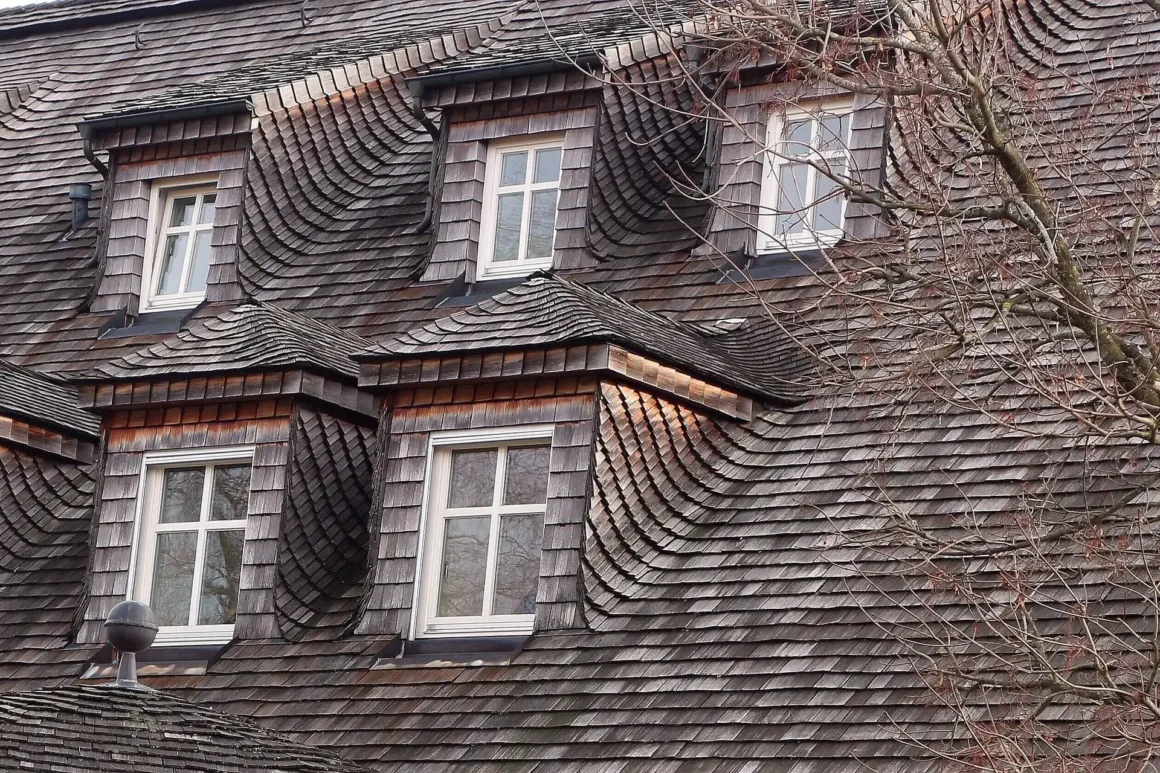
Wear and tear are inevitable, but catching and addressing them ensures your roof remains resilient.
8. Prevents Pest Infestations
Pests love a damaged roof. Regular maintenance closes entry points, preventing unwelcome guests from camping in your attic.
9. Preserves Aesthetics
A well-maintained roof is a visual delight. It adds to your home’s overall attractiveness and maintains the aesthetic harmony of your property.
10. Boosts Home Safety
A sturdy roof is a safe roof. Regular maintenance ensures the structural integrity of your roof, enhancing overall home safety.
11. Adapts to Seasonal Challenges
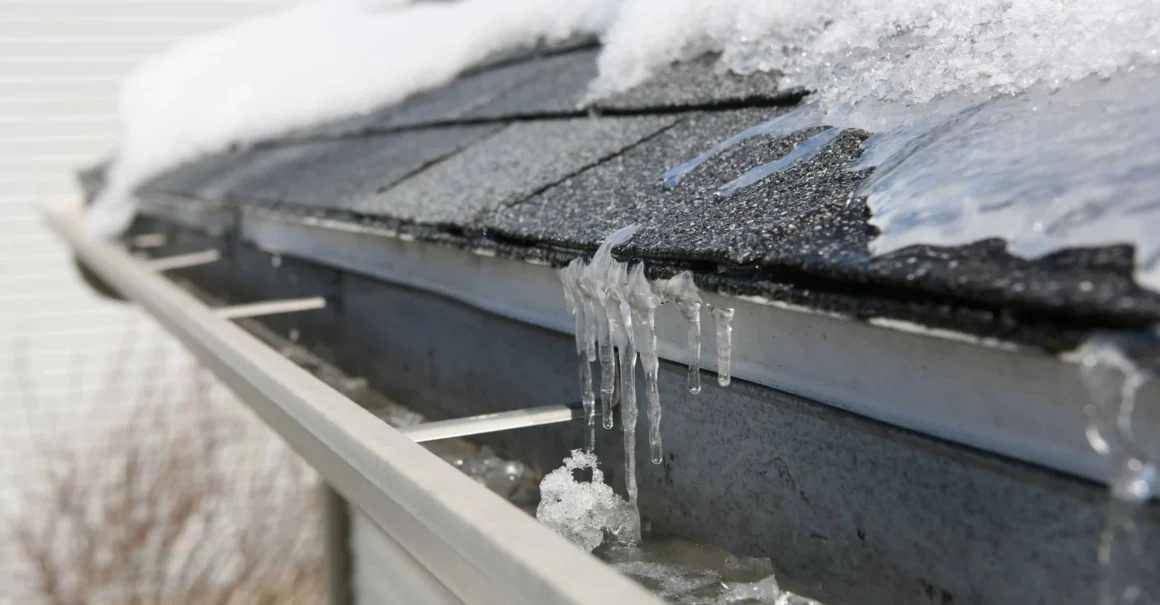
British weather is no walk in the park. Regular maintenance prepares your roof for seasonal challenges, from heavy rain to snow and storms.
12. Peace of Mind
Knowing that your roof is in good condition and well-protected provides peace of mind.
Regular roof maintenance is more than fixing what’s broken. It’s about fortifying your home against the elements and preserving its strength and beauty.
Conclusion
The roof is pivotal in your home, silently safeguarding you and your loved ones from the unpredictable British weather. Regular roof maintenance ensures your roof remains resilient, strong, and ready for action.
By investing time and attention into your roof upkeep, you’re preventing leaks or fixing tiles and prolonging the lifespan of your home’s defender. The importance of regular maintenance transcends mere practicality—it’s a commitment to preserving your home’s aesthetics, value, and safety.
